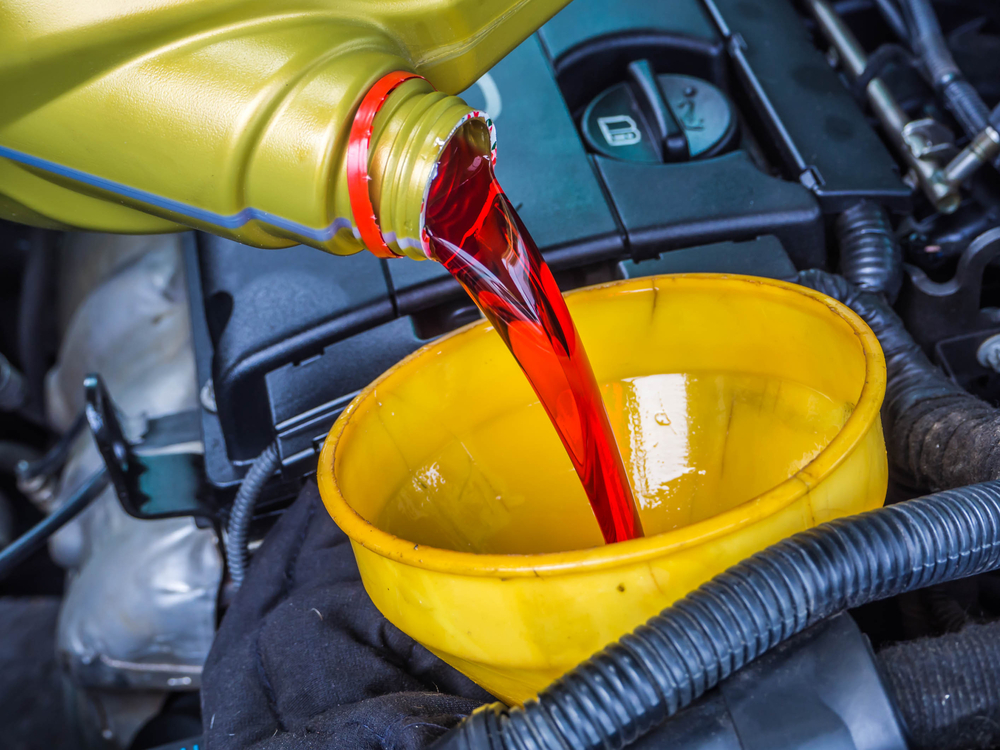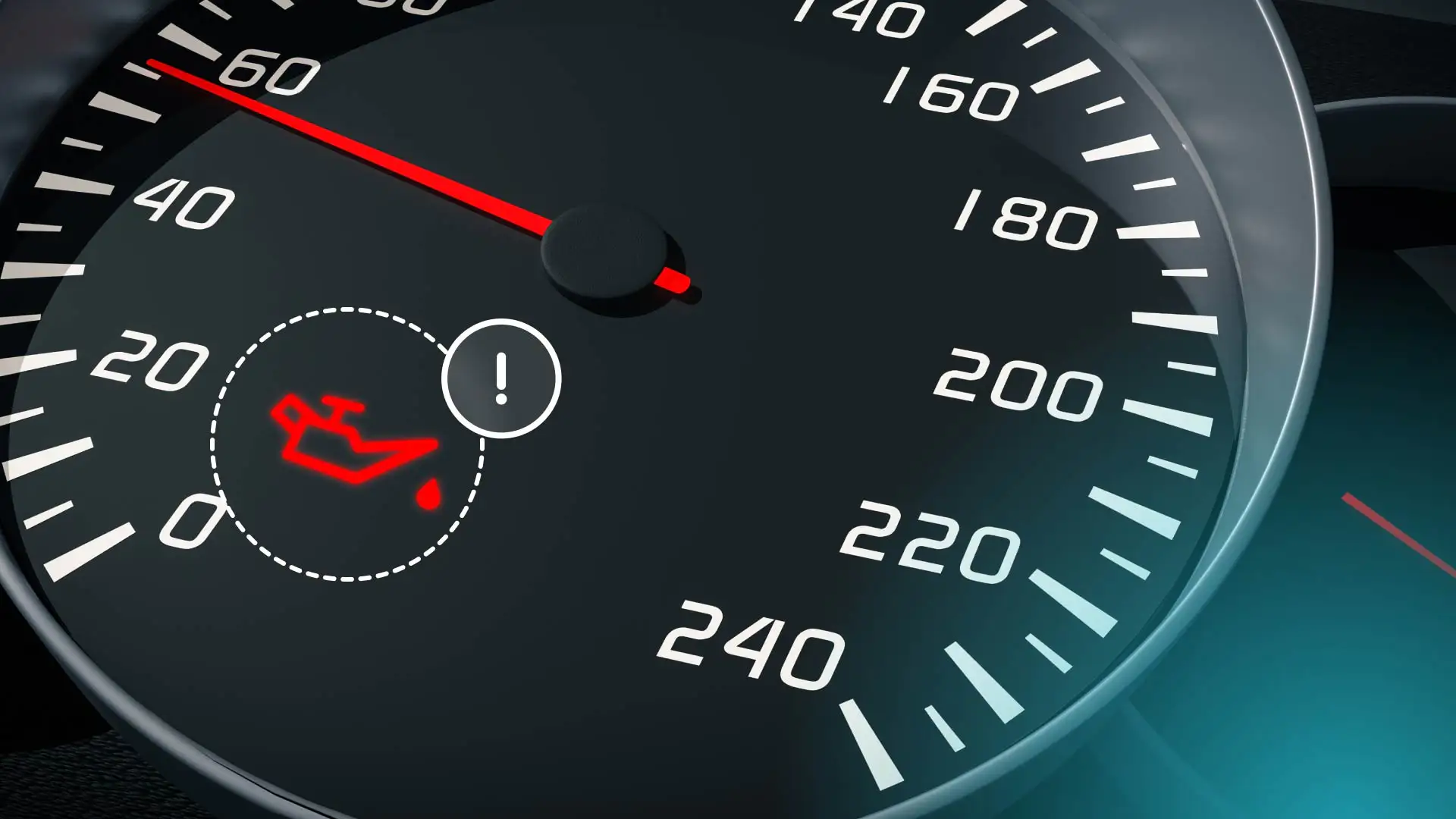Seeing the check engine light after a transmission fluid change can be alarming. What does it mean?
Is it serious? The check engine light turning on after a transmission fluid change can cause concern. This light is a signal from your car’s engine control unit. It indicates something might be wrong. After a fluid change, the light could be due to several reasons.
It might be a simple issue, like a loose gas cap, or something more complex, like a sensor problem. Understanding why this happens is important. This knowledge can help you decide the next steps. Don’t worry; we’ll guide you through possible causes and solutions in this blog post. Stay tuned to learn more and keep your car running smoothly.

Credit: www.autotechiq.com
Common Causes Of Check Engine Light
Sensors in your car can fail. This can cause the check engine light to turn on. Transmission fluid sensors might give wrong readings. These bad readings confuse the car’s computer. This can trigger the light. Oxygen sensors can also cause problems. They check the fuel and air mix. If broken, they can set off the light.
Low transmission fluid can be an issue. It can make the check engine light come on. Fluid helps the transmission work right. Too much fluid is also bad. It can cause leaks or pressure problems. This might trigger the light too. Always check the fluid level after a change. Make sure it is correct.
Impact Of Transmission Fluid Change
A transmission fluid change can sometimes trigger the check engine light. This happens because sensors detect changes. New fluid may clean out old debris, causing a temporary issue. Modern cars have many sensors. They get confused with the new fluid. This can cause the light to come on. Usually, this is not a big problem.
Over time, new fluid improves transmission performance. It helps with smoother gear shifts. Cleaner fluid reduces wear and tear. This can extend the life of the transmission. Proper fluid levels are crucial. They ensure the transmission stays cool. Regular checks can prevent future problems. Always use the recommended fluid type.
Transmission Fluid Compatibility
Different cars need different types of transmission fluid. Using the wrong fluid can cause problems. There are mainly two types: synthetic and conventional. Synthetic fluid lasts longer but costs more. Conventional fluid is cheaper but needs frequent changes. Always check your car manual.
Pick the fluid that matches your car’s needs. Look at the viscosity and additives. Viscosity affects how the fluid flows. Additives protect your transmission. Using the right fluid can prevent issues. A smooth ride depends on this choice.
Diy Transmission Fluid Change
You will need a few tools. A jack and jack stands. A socket set. A funnel. A drain pan. Fresh transmission fluid. Gloves and safety glasses. A wrench set. Clean rags or towels. A transmission fluid pump.
First, park your car on a flat surface. Use the jack to lift the car. Place jack stands under the car for safety. Then, locate the transmission fluid pan. Place the drain pan under the transmission pan. Use the wrench to remove the drain plug. Let the old fluid drain out completely. Next, replace the drain plug. Use the funnel to add new transmission fluid. Check the fluid level with the dipstick. Add more if needed. Finally, start the car and let it run for a few minutes. Check for leaks. Lower the car from the jack stands. Dispose of the old fluid properly.
Professional Fluid Change Services
Changing transmission fluid at a professional service center brings many benefits. It keeps your car running smoothly. Fresh fluid helps the transmission work better. This can prevent big problems. Clean fluid also reduces wear and tear on parts. This means fewer repairs and less cost. Professionals use the right tools and fluid. They make sure everything is done correctly. This gives you peace of mind.
Finding a good mechanic is important. Ask friends and family for recommendations. Look for mechanics with good reviews online. Make sure they have experience with your car’s make and model. A reliable mechanic explains what they do. They answer your questions clearly. They also give a fair price for their work. A good mechanic helps keep your car in top shape.

Credit: www.cbac.com
Diagnosing Check Engine Light
An OBD-II scanner can help find the problem. Plug the scanner into the car’s port. Turn on the car, but do not start the engine. The scanner will read the car’s computer. It will show error codes. Write down the codes. Look up what they mean. This helps find the issue quickly.
| Error Code | Possible Cause |
|---|---|
| P0700 | Transmission control system malfunction |
| P0715 | Input/turbine speed sensor malfunction |
| P0720 | Output speed sensor circuit malfunction |
| P0730 | Incorrect gear ratio |
| P0740 | Trouble with torque converter clutch |
Fixing Common Issues
After changing the transmission fluid, your check engine light might stay on. This can happen even if there is no real problem. To fix this, you can try resetting the light. You can do this by disconnecting the car battery. Wait for about 15 minutes, then reconnect the battery. This can help reset the car’s computer system. If the light stays on, you may need a scanner tool. This tool can clear the error codes from your car’s computer.
Sometimes, the check engine light comes on because of sensor issues. Transmission fluid changes can disturb sensors. These sensors are sensitive to changes. Cleaning the sensors might help. Use a clean cloth to gently wipe them. If cleaning does not work, the sensor might be faulty. Replacing the sensor can fix the problem. Always check for loose connections. Tighten any loose wires near the sensors. This can also help resolve the issue.

Credit: mechanicfixa.com
Preventative Maintenance Tips
Checking car fluids often can prevent issues. Transmission fluid is very important. Make sure it is at the right level. Low fluid can cause the check engine light to turn on. Use the correct fluid for your car. Follow the owner’s manual. This helps keep the car running smoothly.
Follow a maintenance schedule for your car. This includes regular oil changes and filter replacements. Check the transmission fluid at these times. Doing this can prevent problems. Keep track of service dates. Use a calendar or a logbook. This makes it easier to remember.
Frequently Asked Questions
Can Transmission Fluid Cause A Check Engine Light?
Yes, low or dirty transmission fluid can trigger a check engine light. It affects transmission performance. Regular maintenance helps prevent this.
How To Reset Check Engine Light After Transmission Fluid Change?
To reset the check engine light after a transmission fluid change, disconnect the battery for 10-15 minutes. Reconnect and start the car. If the light remains, use an OBD-II scanner to clear the code. Always address any underlying issues to prevent future alerts.
How To Fix Check Engine Light On After Transmission Replacement?
Reset the check engine light by disconnecting the battery for 15 minutes. Reconnect and start the engine. If the light remains, use an OBD-II scanner to clear the codes. If issues persist, consult a mechanic.
Can Changing Transmission Fluid Cause Problems?
Yes, changing transmission fluid can cause problems if done incorrectly. Use the right fluid type and follow proper procedures.
Conclusion
Experiencing a check engine light after a transmission fluid change can be concerning. It often signals a minor issue. Double-check the fluid level and quality. Consult a mechanic if the light remains on. Regular maintenance helps avoid such problems. Keep your vehicle in good shape for smooth rides.
Stay proactive with car care to prevent unexpected issues. Your vehicle will thank you.

